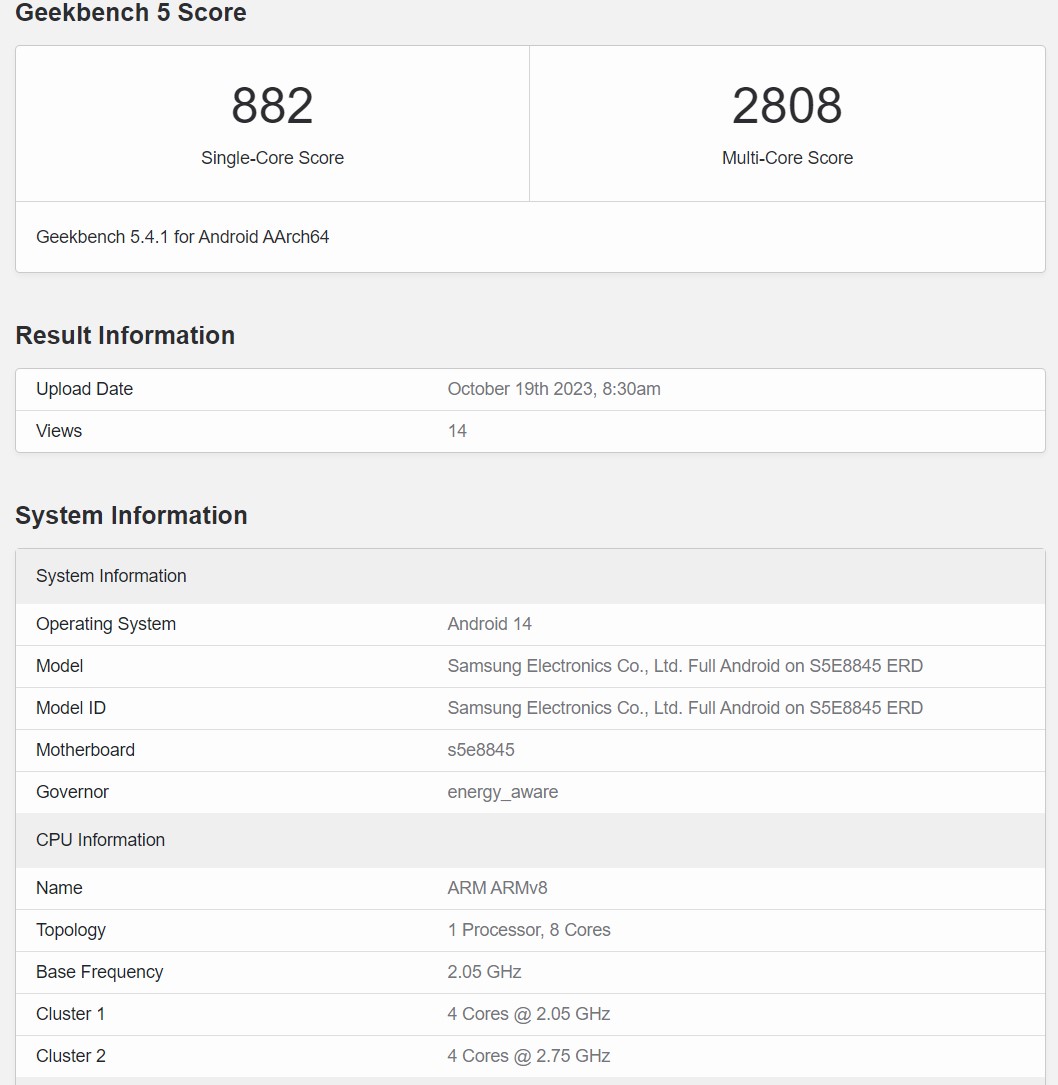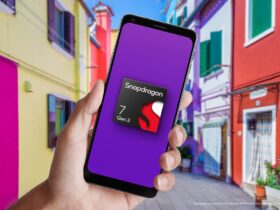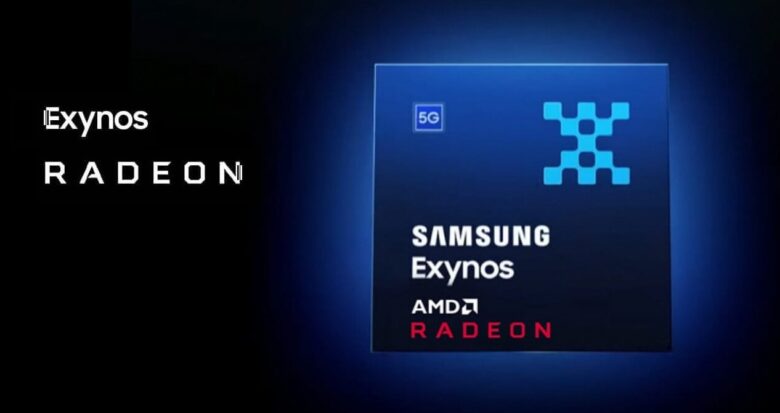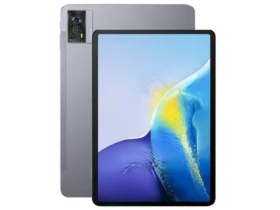Samsung is set to unveil its next flagship chip, the Exynos 2400, which will power certain models of the upcoming Galaxy S24 series in the coming year. Simultaneously, Samsung is diligently working on the Exynos 1480, which can be seen as a follow-up to the Exynos 1380, known for powering devices like the Galaxy A54. Surprisingly, the Exynos 1480, despite being categorized as a mid-range chip, has become the center of attention.
Recently, the Exynos 1480 made an appearance on an online benchmark, and this revelation was nothing short of exciting – the forthcoming System on a Chip (SoC) is equipped with an AMD GPU. Speculation had been rife that Samsung might eventually part ways with AMD and revert to developing its own GPU, but these rumors have proven baseless. Samsung is, in fact, embracing the AMD GPU for a chip that will be integrated into more budget-friendly smartphones.
It’s important to note that the Exynos 1480 wasn’t benchmarked on a consumer device, which is in line with Samsung’s usual practice. The first smartphone expected to be powered by the Exynos 1480, the Galaxy A55, is not scheduled for release until approximately six months from now, assuming Samsung adheres to its annual release cycle. Nevertheless, we do have some insights into the chip’s specifications: it boasts eight cores, with four running at 2.75GHz and the remaining four at 2.05GHz. This marks an improvement from the Exynos 1380, which featured clock speeds of 2.4GHz and 2GHz, respectively. Additionally, the Exynos 1480 incorporates an Xclipse 530 GPU.

Samsung uses the brand name “Xclipse” for GPUs that are based on AMD’s graphics architecture. The Xclipse 920, the first in this series, was introduced alongside the flagship Exynos 2200 last year, and its successor, the Xclipse 940, is scheduled to debut with the Exynos 2400 in 2024. Evidently, Samsung follows a numbering convention, utilizing “9xx” for its high-end GPUs and “5xx” for the less powerful versions destined for mid-range smartphones and tablets.
One noteworthy detail is that the Xclipse 530 will also be based on an older architecture. While Samsung has confirmed that the Xclipse 940 will utilize AMD’s RDNA 3 architecture, the Xclipse 530 will be rooted in the RDNA 2 architecture, the same as the Xclipse 920. It is anticipated that the performance of the Xclipse 530 will be notably lower, although specific specifications remain undisclosed at this time. Likewise, details on the Xclipse 940 are yet to be revealed.
This architecture choice raises questions about whether the Xclipse 530 will support ray tracing. Ray tracing is a highly demanding graphical feature that is currently available only on the most high-end mobile chips from Samsung, Qualcomm, and Apple. Consequently, it is plausible that the Xclipse 530 may lack support for ray tracing.
Nonetheless, the fact that Samsung is swiftly integrating an AMD GPU into a mid-range chip is a significant development in its own right. It is hoped that the company will also prioritize enhancements to the cooling systems in the devices equipped with the Exynos 1480 to ensure that any performance improvements are not compromised due to inadequate heat dissipation.



























Leave a Reply